
Hace un calor insoportable en Tbilsi, ya he visitado algunos museos, fui a descubrir las partes mas notables de la ciudad y dejé de lado otras atracciones.
Pero no podía dejar de lado la region del Kazbegi.
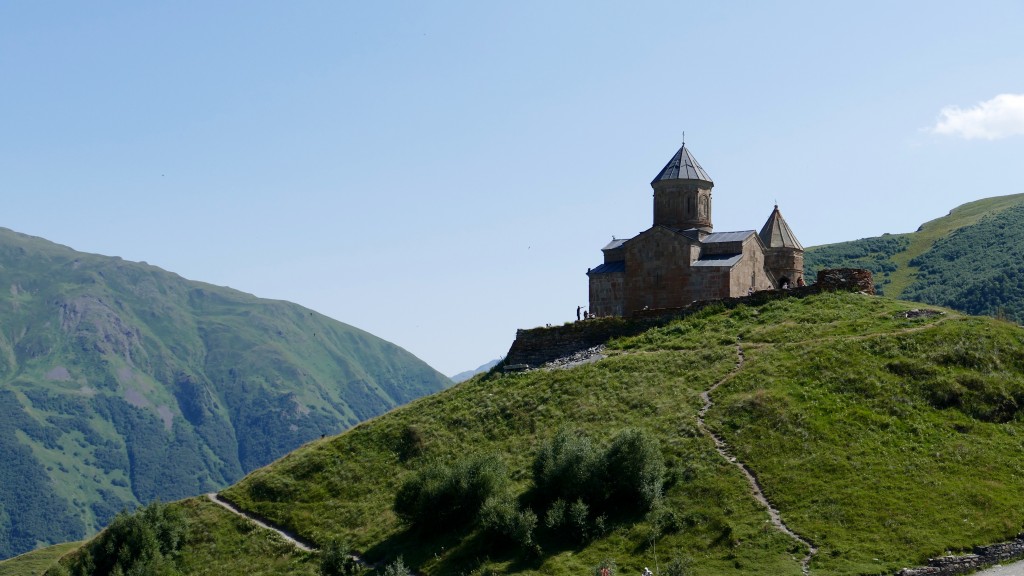
The Gergeti Trinity Church was built in the 14th century. Its isolated location on top of a steep mountain surrounded by the vastness of nature has made it a symbol for Georgia. The 18th century Georgian author Vakhushti Batonishvili wrote that in times of danger, precious relics from Mtskheta, including Saint Nino’s Cross were brought here for safekeeping. During the Soviet era, all religious services were prohibited, but the church remained a popular tourist destination. The church is now an active establishment of the Georgian Orthodox and Apostolic Church
Así me encuentro, de repente, transformado de viajero a turista. Sin valorarlo, pero la sensación me es espantosa. Me reciben con una botella de agua de bienvenida y un matrimonio de Estanbul, otro de Bahrein, una Ucraniana, el guía y yo, subimos al minibus que nos llevará a Stephansminda, el poblado base de dicha region.
La radio a todo volumen, el chofer charlando por teléfono y el ruido del motor me dificultan seguir todo cuanto el guía vaya comentando en un inglés bastante quebrado.
Llegamos al castillo e iglesia de Anamuri a orillas de un embalse. Diez minutos para vistarlo y sacar fotos. De tanto apuro se me pasa por alto una pequeña colina que me hubiese dado un enfoque panoramico del castillo, para sacarle una foto como aquellas que se ven en las guias de viaje o en cada postal de Georgia.
Nos pasan por un quiosco de souvenires, por las dudas. Jamas en mis 40 años de viaje he comprado ni siquiera uno.
Segunda parada una plataforma panorámica para sacarle fotos al paisaje. Bueno, la verdad que el panorama del “Grande Cáucaso” es espectacular e imponente. Observo los ríos y arroyos, e inclusive de cerca con atención y eh aquí una reconfortante sorpresa. Aguas cristalinas y cero vestigios de basura.
Apago mi cigarrillo por la mitad, debemos subir al micro que aun falta una hora de viaje.
Llegamos a Stephansminda, nos piden bajar del micro y pagar una tasa extra para un transfer en 4×4 hasta el monasterio de donde podremos también ver el Monte Kazbek. Obvio, no es obligación, podemos también subir a pie, pero ello llevaría dos horas de ascenso y no daría el tiempo. Pago.
Subimos por unos senderos que realmente son solo aptos para vehiculos toto terreno.
Que panorama se me presenta. Una meseta con una vista inolvidable y en la cumbre de la misma un monasterio al cual por no tener pantalones largos no puedo acceder.
Nos conceden 30 Minutos para vistar, pasear y distendernos. Gracias a la desobediencia logramos extender la media hora a 45 minutos. Bajamos y nos meten en un Restaurante. Obviamente que no me pido nada y si no fuera por el matrimonio de Estambul que me piden cortezmente de ser su invitado, sin poder rechazar tanta cordialidad termino comiendo una pequeñez.
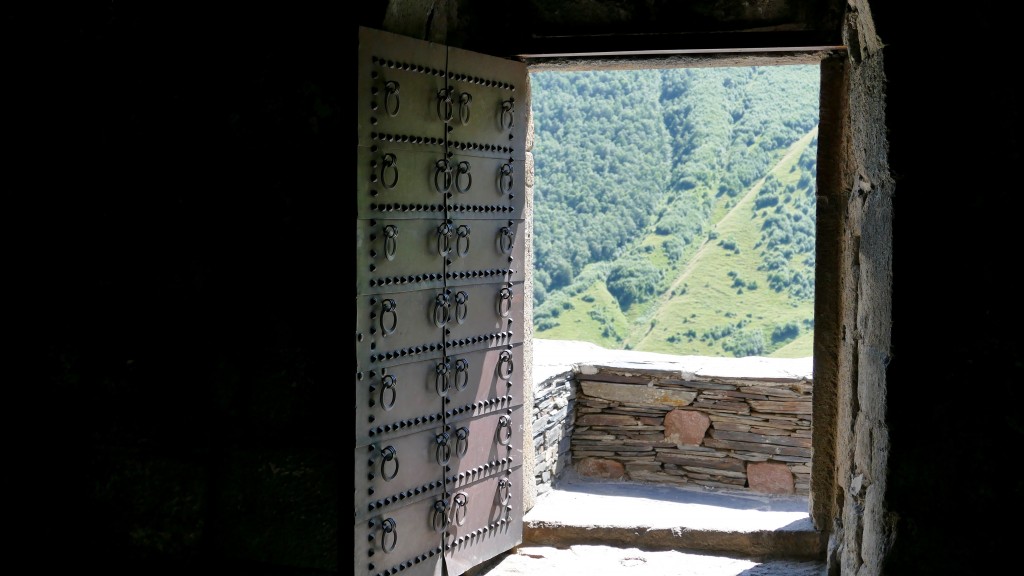
Prefiero arrepentirme de algo que he cometido que de algo que he omitido
Viajeros a Kazbegi: tómate un micro local, planifica dos días, lleva tu tienda y pasa una noche en la meseta. Debe ser una experiencia inolvidable. Ahora lo se yo también.
El monte Kazbek es un estratovolcán de 5.047 m altitud que se encuentra en Georgia, cerca de la frontera con la república de Osetia del Norte que forma parte de la Federación rusa. Es la cuarta cumbre de las montañas del Cáucaso, que tiene su cumbre más elevada en el monte Elbrus, y, es el segundo pico más alto en Georgia.
Es una hermosa cumbre glacial de moderada dificultad. Desde Georgia, el punto de partida de la ascensión está en la pequeña ciudad de Kazbegi, a unos 150 kilómetros de Tiflis, la capital. Desde Kazbegi, en dos días de marcha por el collado de Sabertse de 3.150 m y el glaciar Gergeti, se llega a un refugio a los 3.700 metros de altitud. Desde el refugio, una larga ascensión por la nieve y el hielo hacia el sur da acceso a la cumbre.
Fuente: Wikipedia
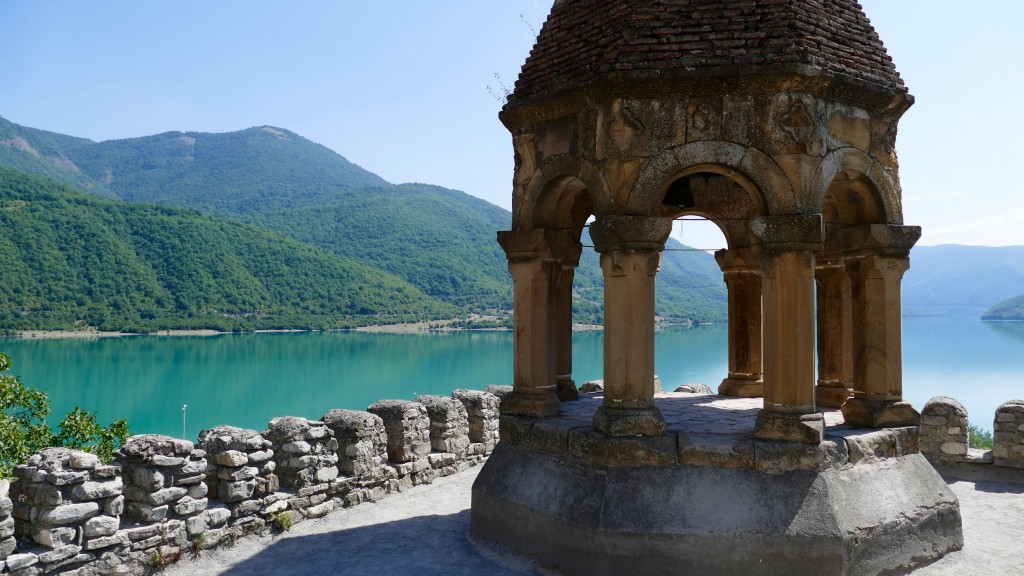
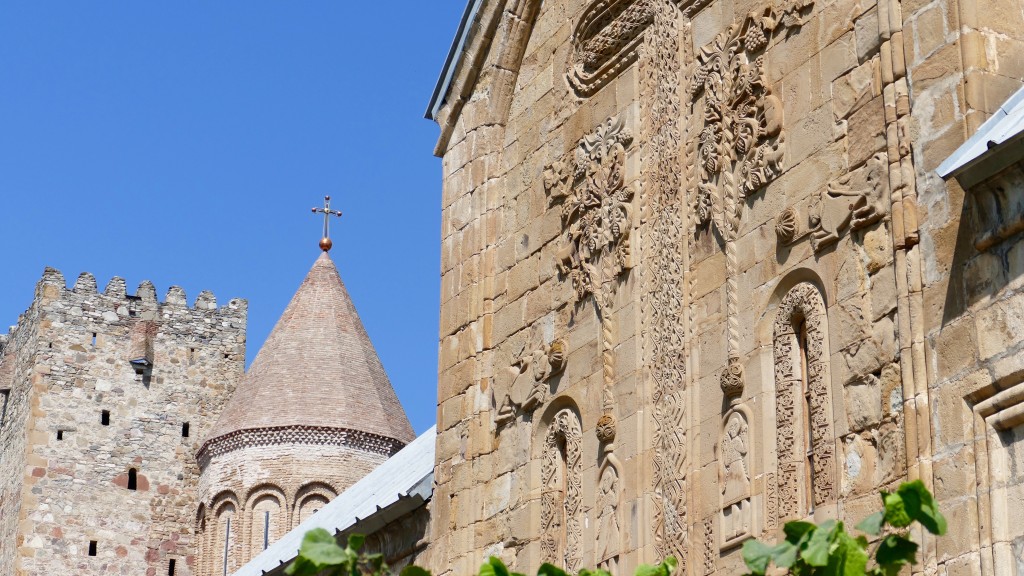
In 1739, Ananuri was attacked by forces from a rival duchy, commanded by Shanshe of Ksani and was set on fire. The Aragvi clan was massacred. However, four years later, the local peasants revolted against rule by the Shamshe, killing the usurpers and inviting King Teimuraz II to rule directly over them. However, in 1746, King Teimuraz was forced to suppress another peasant uprising, with the help of King Erekle II of Kakheti. The fortress remained in use until the beginning of the 19th century.
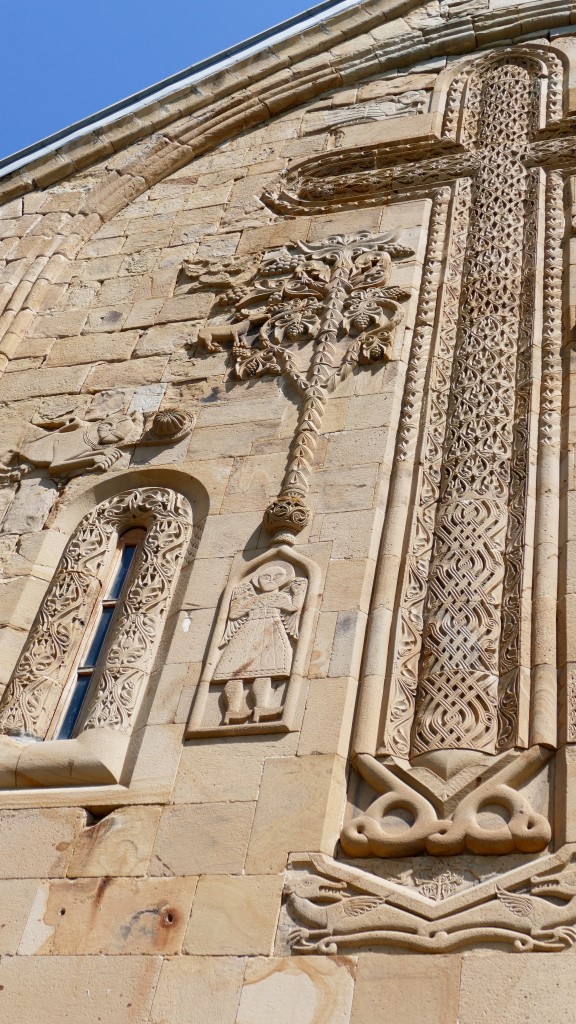
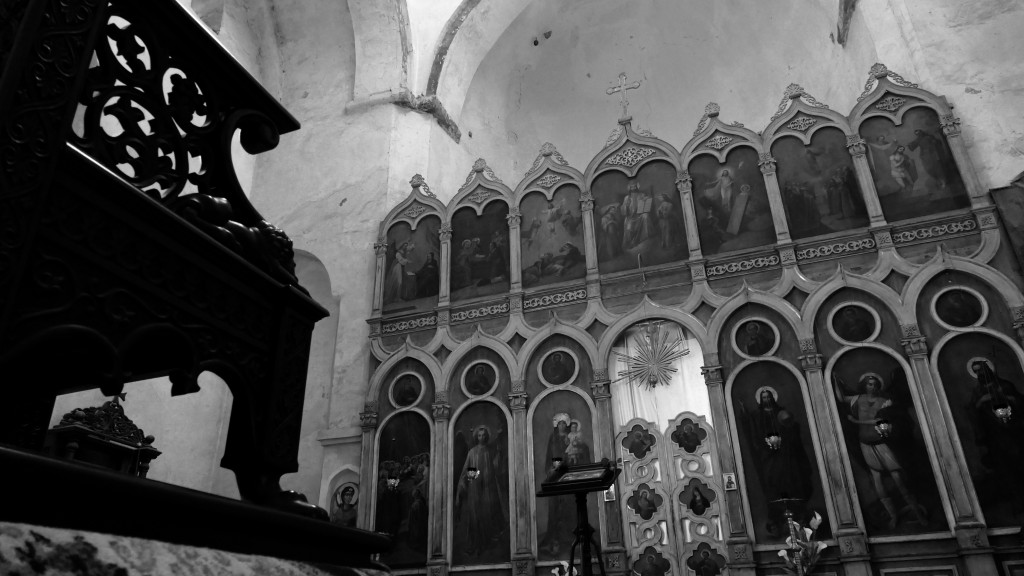
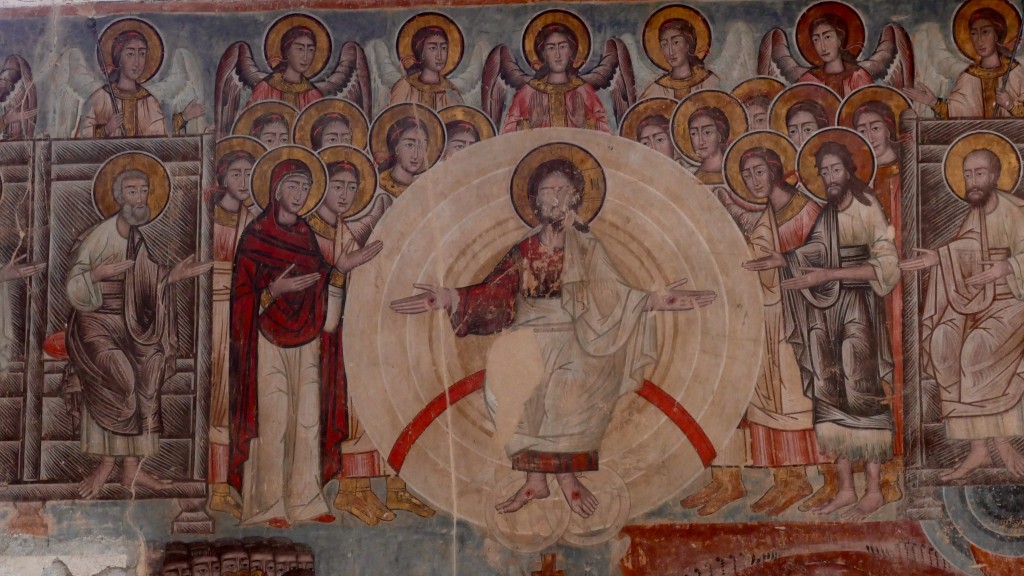
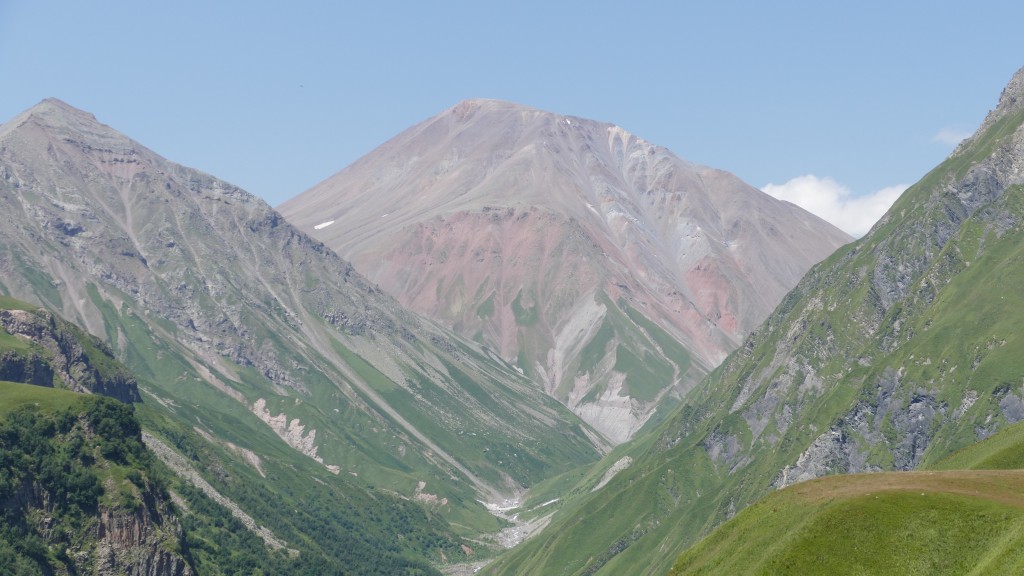
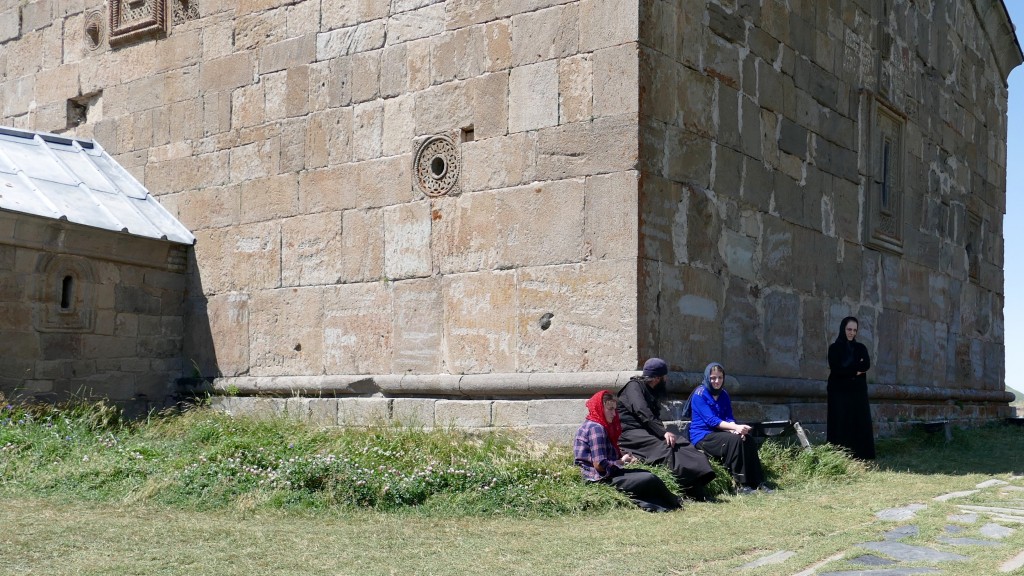
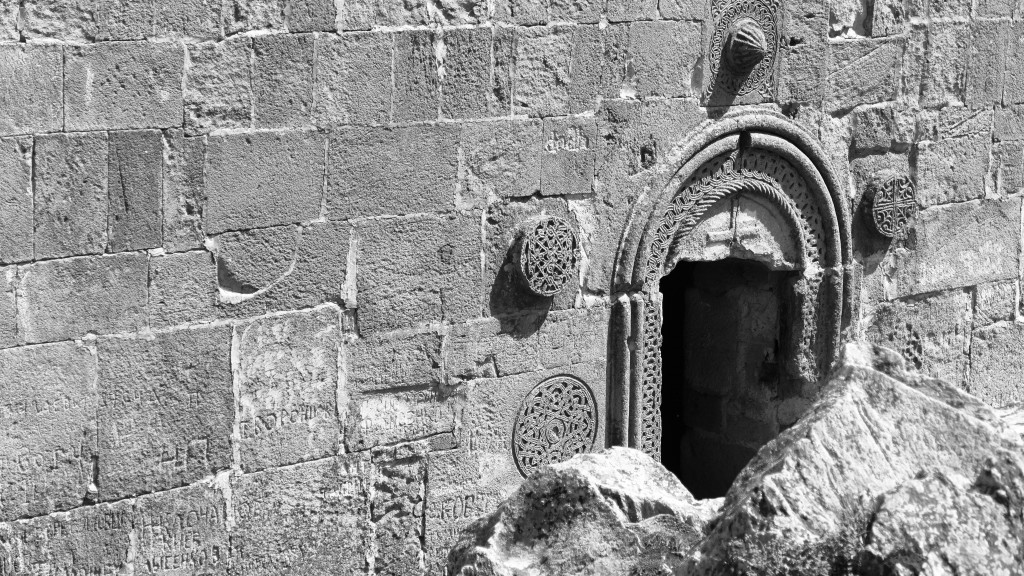
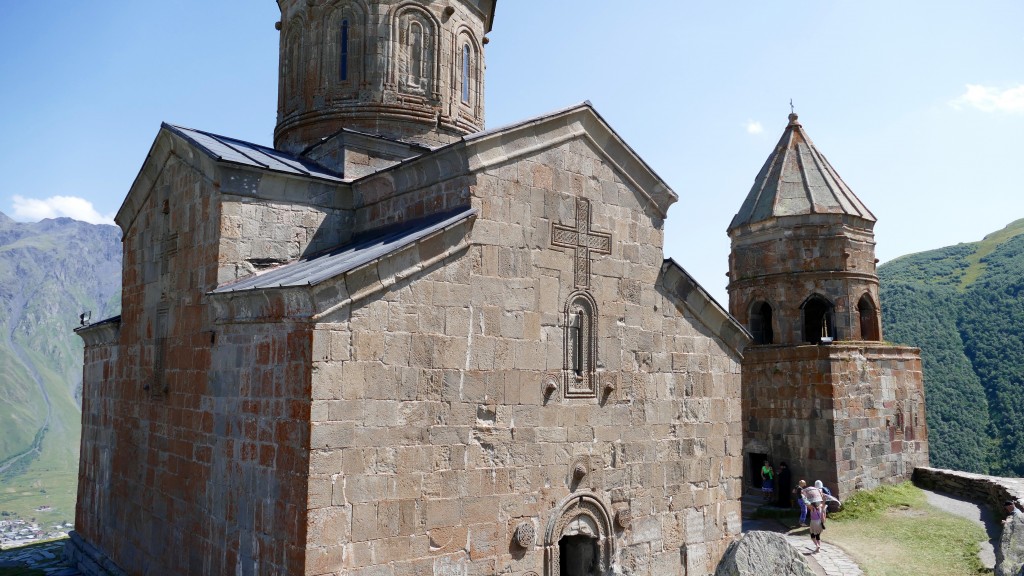
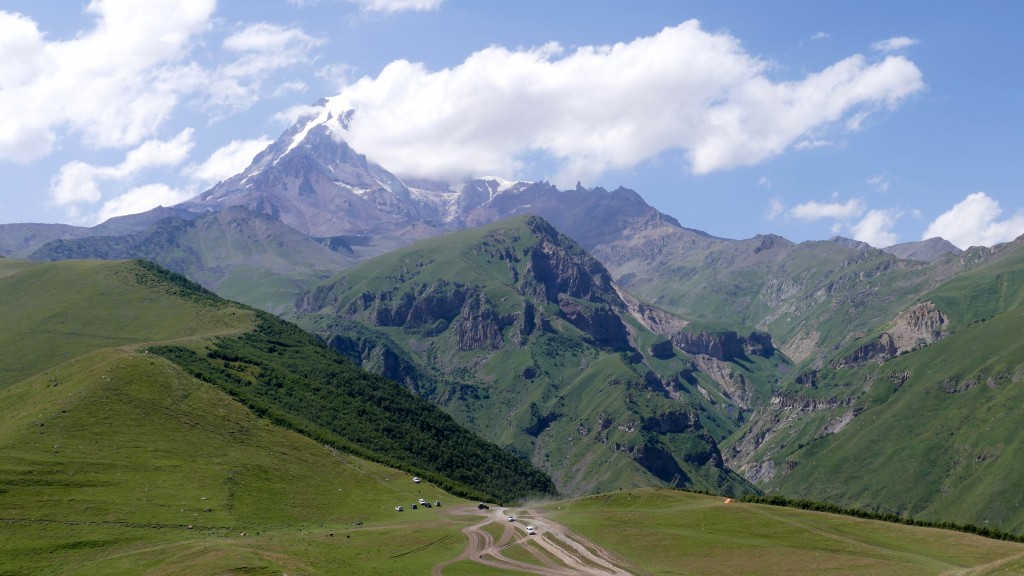

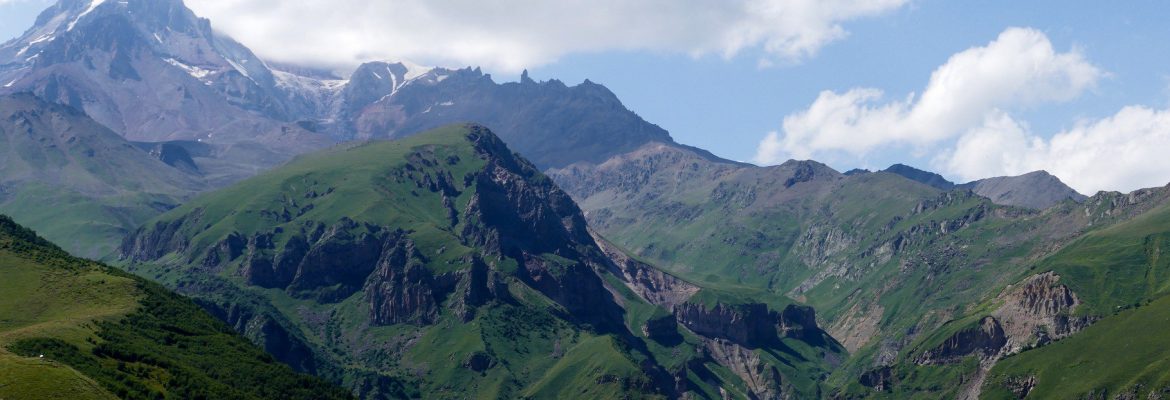



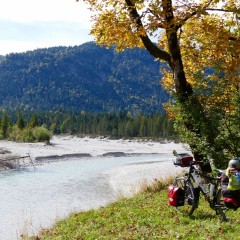
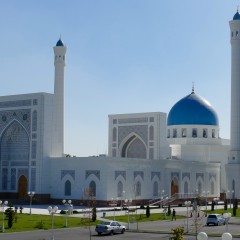



Un comentario
Stefan
esto hay que hacerlo en bici ;))